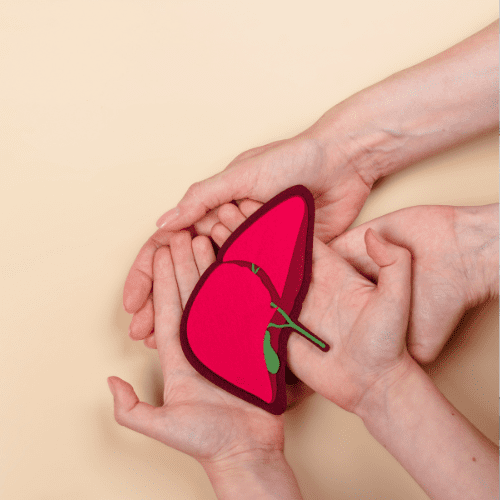The haircare industry in India is witnessing a remarkable transformation, driven by a confluence of economic growth, increased consumer awareness, and evolving cultural norms. As the nation progresses, the desire for well-groomed hair has become synonymous with personal identity and societal status. This article explores the dynamics of India’s haircare industry, focusing on market trends, consumer behavior, and the cultural perceptions that shape the industry’s landscape.
Understanding the Dynamics of India’s Haircare Industry: A Comprehensive Overview of Market Trends and Consumer Behavior
The haircare sector in India has experienced substantial growth over the past decade, propelled by a burgeoning middle class with increased disposable income. This economic upliftment has led to a greater focus on personal grooming, with consumers willing to invest in high-quality haircare products that promise effectiveness and luxury. According to recent market analyses, the Indian haircare market is projected to reach significant growth figures, with segments such as shampoos, conditioners, and specialized hair treatments witnessing remarkable demand. With urbanization and exposure to global beauty trends, the Indian consumer is increasingly sophisticated, seeking products that not only provide benefits but also align with their lifestyle choices.
Consumer behavior within this vibrant sector reflects a growing consciousness about product ingredients and their potential effects on health. Awareness of herbal and organic products is on the rise, as many consumers prefer natural formulations over chemical-laden counterparts. This shift is evident in the popularity of Ayurvedic and herbal brands that leverage traditional Indian remedies to cater to modern grooming needs. Furthermore, the influence of social media cannot be understated; platforms like Instagram and YouTube have become pivotal in shaping consumer preferences through product reviews and influencer endorsements, compelling brands to adapt their marketing strategies accordingly.
Socio-economic factors also play a crucial role in determining brand loyalty and product selection. In a country as diverse as India, regional differences and varying income levels necessitate a nuanced understanding of consumer preferences. Brands are exploring segmentation strategies, targeting distinct demographics based on age, gender, and socio-economic status. For instance, urban youth may gravitate towards trendy, international brands, while older consumers may prefer trusted, established names. This segmentation is essential for businesses aiming to thrive in the competitive landscape of India’s haircare industry.
The Impact of Cultural Perceptions on Haircare Products and Treatments: Navigating the Challenges and Opportunities
Cultural attitudes towards hair profoundly influence consumer choices in India, where hair is often viewed as a reflection of one’s health and beauty. In many communities, long, thick hair is associated with femininity, beauty, and even prosperity, leading to a heightened demand for products that promise to enhance hair quality. This cultural perception has shaped the marketing strategies of haircare brands, which often emphasize the transformative power of their products through narratives that resonate with traditional values. Brands that successfully integrate these cultural elements into their messaging tend to foster stronger connections with their target audience, thus enhancing brand loyalty.
However, the diversity of cultural practices across various regions in India presents both challenges and opportunities for haircare businesses. Different communities have distinct rituals and beliefs associated with haircare, ranging from the use of specific oils to unique cleansing techniques. As a result, companies must navigate this intricate landscape by developing products that cater to localized demands while also appealing to broader market trends. This includes offering customizable solutions or region-specific products, ultimately allowing brands to tap into these rich cultural narratives and establish a more profound connection with consumers.
Moreover, the advent of globalization and exposure to international beauty standards has created a dichotomy between traditional practices and modern innovations. While many consumers remain loyal to time-honored methods, such as the use of coconut oil, there is a burgeoning interest in technologically advanced treatments like hair serums and chemical straightening. This duality presents a unique opportunity for brands: those that can blend traditional wisdom with modern science stand to gain a competitive edge. By embracing this hybrid approach, companies can not only meet the evolving consumer expectations but also contribute to the cultural appreciation of both heritage and innovation in the haircare industry.
In conclusion, the haircare industry in India is a dynamic and rapidly evolving sector, influenced by a plethora of market trends and cultural perceptions. As consumers become increasingly discerning, the demand for effective, culturally relevant, and high-quality haircare products continues to grow. Brands that successfully navigate these complexities, blending tradition with modernity while addressing diverse consumer needs, will undoubtedly thrive in this vibrant marketplace. The business of balding, and haircare at large, represents not just a commercial opportunity but a reflection of societal values and aspirations, making it an intriguing space for ongoing exploration and innovation.



